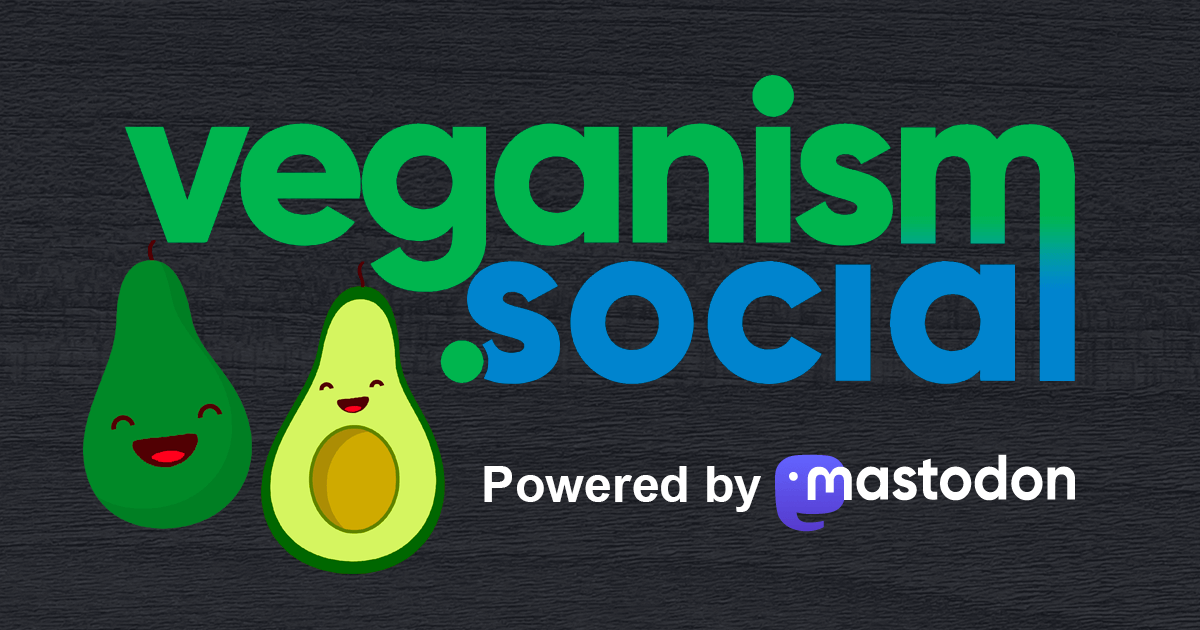https://drixpell.com/2025/04/09/course-advancement-romance-novel/
Recent searches
Search options
#dimensions
https://drixpell.com/2025/04/04/course-advancement-package-design/
Analyzing Software Quality Dimensions: Functionality, Usability and Reliability Interplay https://visualmodo.com/analyzing-software-quality-dimensions-functionality-usability-and-reliability-interplay/
Apple’s iPhone 17 Air Dimensions Detailed Via New Leak #apple #dimensions #iphone17air #leak #mobilephones #rumoursleaks #size
https://www.lowyat.net/2025/344946/apple-iphone-17-air-dimensions-leak/
The DC Drum Circle
Every #Sunday 40+ year #tradition in #Meridian #Hill #MalcolmX #Park. The #drum #circle is an effective #portal to other #dimensions. Serious #TimeTravel #research should include a #DrumCircle.
2.5-min #movie by DCV - #Digital #Creative #Visionaries - DCViz.com - on Vimeo.com.
A #Question for #Krononauts
A #shoebox is floating in #SpaceTime. We can #identify its 2 sides as X, its ends as Y, and top & bottom as Z. Now, rotating the box, the Xs might become Zs, or some other 2- or 3-way inversion.
4-D might have X, Y, Z & T (for Time). Could these 4 #axes or #dimensions also be "rotated"? Could someone live in "#spatial" dimensions of X, Y & T, with Z being their Time? If so, could our X-dimension be someone else's Time #dimension?
Whilst I can understand why a #microwave is #beeping (makes it accessible to #blind people when there are no physical buttons that are tactile), I have a way bigger issue with them:
- They NEVER tell you the useable dimensions inside...
Outside dimensions? shure.
Inside volume? Yes!
But something as simple as #dimensions on the inside...
4. Boyut için özel YouTube Oynatma Listesi hazırladım.
Bulduğum güzel videoları kaybetmemek için içine ekleyeceğim.
Başlığı "Boyutlar" yapıp tüm boyutlar için paylaşılmış güzel videoları eklemeyi düşündüm, ama konu karışık önce 4. Boyutu anlamak lazım.
Sözde anladığımı sandığım hâlde gündelik hayâtta karşılığı olmadığı için unutup karıştırıyorum! ツ
#dimension #dimensions #4thdimension #physics
_______
• 4. BOYUT (4D): https://www.youtube.com/watch?v=5x8XS9ch8tY&list=PLK2SeKwythXgKjdaNqxFz-Y3rm3hKOkaj&index=3
What would a 4D object look like to us?
The concept of higher dimensions beyond the familiar three of space and one of time poses intriguing questions. If these dimensions exist, how are they structured? Theoretical frameworks like string theory suggest the presence of extra spatial dimensions, potentially compactified in complex internal spaces too small for direct observation. Exploring this could unlock a deeper understanding of fundamental forces and reconcile quantum mechanics with gravity. #Physics #Dimensions #StringTheory
❛❛ Teen #Mathematicians Tie #Knots Through a #Mind-Blowing Fractal ❜❜
Three high schoolers and their mentor revisited a century-old #theorem to prove that all #knots can be found in a #fractal called the #MengerSponge.
Gregory Barber for #QuantaMagazine
A higher dimensional vision of a line, also known as a universe, as temporal entities perceive universes as lines of time, with past present and future being merely directions in higher dimensional space, like the way left right up or down is for fourth dimensional beings
UNKNOWN QUANTUM OBJECTS_ (english version)
#AndreiLinde and #RenataKallosh - What Would Multiple #Universes Mean?
@mina @evelynefoerster @skyfire747
I don't know if this is true but I read somewhere that the band of debris that is Saturn's rings is some 250,000km across but only 5km thick.
#WaverThin
#Dimensions
#FactCheck ?
New study: "Non-selective databases (#Dimensions, #OpenAlex, #Scilit, and #TheLens) index a greater amount of retracted literature than do databases that rely their indexation on venue selection (#PubMed, #Scopus, and #WoS)…The high coverage of OpenAlex and Scilit could be explained by the inaccurate labeling of retracted documents in #Scopus, Dimensions, and The Lens."
https://link.springer.com/article/10.1007/s11192-024-05034-y
Update. More data on the #WOS bias toward the #oligopoly of large publishers, and the absence of that bias in more inclusive indices like #OpenAlex (@OpenAlex) and #Dimensions.
https://arxiv.org/abs/2406.17893




